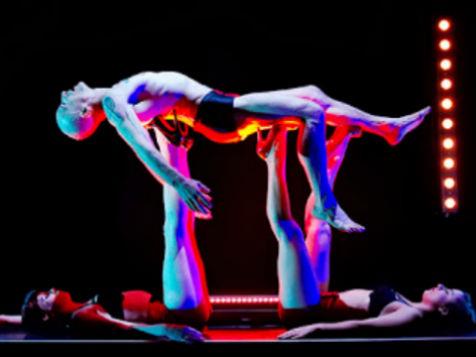Australia has a potent cultural brand trademarked by vitality, confidence and humour but we don’t understand the strength of our international profile.
Whilst the Australian arts sector is well developed and has an established international reputation, there is often a lack of robustness, even fragility, around many of our arts organisations that support artists and arts practice.
We do not have policy settings that place our nation’s cultural infrastructure in the same mind-space as the other types of national infrastructure that service what is perceived to be more urgent human need.
More broadly, the responsibility we all have for justifying public funding of the arts is arduous, never-ending and often undermined by powerful groups in the community who place little value on cultural endeavour but who, seemingly unknowingly, benefit greatly from it.
We live in a nation that seldom adequately acknowledges the achievements of our artists and arts organisations. Given the quality of the work and the originality of the ideas, our artists should enjoy a higher status in the community. Ironically, we seem to save the greatest accolades for obituaries and leave much unsaid in artists’ lifetimes.
In other spheres of endeavour, whether on the sports field or in the swimming pool, science laboratory or boardroom, there is often an ambition widely shared and passionately held. In the arts, pride is a pale imitation of the ferocious barracking that goes on in the other domains.
Those of us charged with responsibility for advocating for artists and the arts, and ensuring adequate support for the sector in a fair and transparent way, also have a related responsibility to put sparkling ambition well back on to the agenda and do what we can to help realise it.
So, what is the best way to anticipate the future and plan accordingly? ‘What’s next?’
In reflecting upon this, we might benefit from Abraham Lincoln’s advice that ‘The best way to predict your future is to create it’ and it’s my observation that the arts sector is already on that path.
Having a sense of national ambition is not an argument for a chauvinistic or jingoistic approach to culture. As Professor Julianne Schultz has so eloquently said: ‘In the global village, there is no longer a need for a cultural cringe, and a cultural strut is equally inappropriate. We can confidently participate on a global stage and create cultural experiences that are unique and valued here.’
We are well used to acknowledging the cultural achievements of other nations without regarding them as a form of national conceit. ‘Scandinavian design’ and ‘Swiss quality’ are phrases that come to mind. We could also find examples where attaching ‘German’ or ‘Japanese’ to a product or service conveys a similar message of high standards, and of course there are many others. Here, commercial interests, far-sighted policy makers, artists, IT specialists and engineers have harnessed creativity, design, innovation, and technical skills, the drivers and fundamental outcomes of artistic endeavours, in a culturally ambitious way.
Although not always apparent to ourselves, there is already a potent Australian cultural brand that brings to mind brazen confidence combined with subtle rendering, freshness, vitality and imagination even when dealing with the sombre, and a wit and humour. There is also a power in our Indigenous culture that sits close to the heart of the stories that we tell and of our artistic expression.
Amongst the artists and retailers, architects and designers, collectors and magazine editors, producers and performers from Asia, Europe and America whose opinions I know and value, there is a strong conviction about what the Australian cultural brand represents and, at times, even a yearning for what we have. We are not going unnoticed.
Selling brand Australia
Australia has a potent cultural brand trademarked by vitality, confidence and humour but we don’t understand the strength of our international profile.
10 Sep 2013
[This is archived content and may not display in the originally intended format.]





